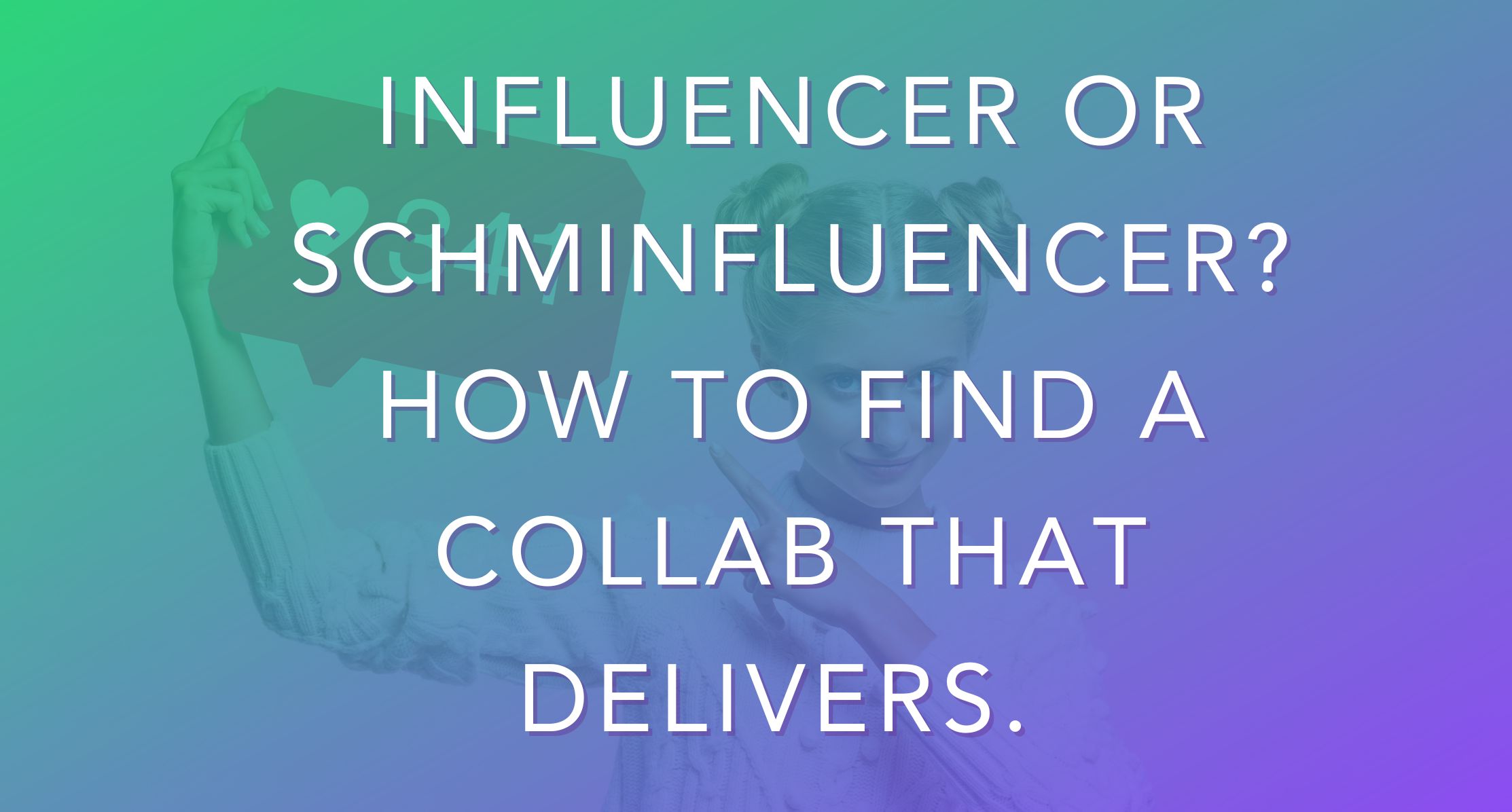Everyone loves an influencer. Who doesn’t want to watch attractive people dancing on the Santa Monica Pier or dubbing funny voices over their Italian greyhounds’ shenanigans? Some of these influencers have followers numbering in the millions, and have so much clout that the products they endorse can sell out in a snap.
No wonder influencer marketing – where brands collaborate with influential social media people – has become a whole thing. If you’re an entrepreneur, a small biz (or even a BIG biz), collaborations with the right influencers can be a fab part of a social media marketing strategy.
It’s a great way to get your brand in front of a targeted audience. Plus, because influencers have a ton of credibility with their fans, you get a ton of social proof (and ideally sales).
But the key puzzle piece here is fit. Writing a $1 million check to Kendall Jenner might pay off for some brands, but for others, welp, time to hit up those VCs for mo’ money. In other cases, getting a product in front of a microinfluencer (someone with sub 1000 followers) might actually deliver some pretty solid ROI. In others again, you might get…nada. This is probably the experience you’ll have if you engage with a “schminfluencer”, someone who purports to be an influencer, but whose followers and engagement seem kinda spammy.
Basically, when it comes to influencers, you’re looking for:
- Relevance to your product or service
- Audience overlap
- Quality of followers and engagement
- Ability to highlight and soft-sell a product (NOT as easy as it sounds!)
In the name of science, one of our Oh! Snap members recently worked with two different influencers to promote a hand-made product. Here are their takeaways.
Influencer 1: the fan outreach – success!
“I contacted someone whose Instagram account I already followed about a fashion product that I’d made for her and her daughters. She had about 120K followers, and I thought her audience would be a good fit for my product. When I asked what her rates for posting were, she told me she doesn’t charge small businesses (she’s a musician and not specifically an influencer). I sent her some custom-made items, and she posted photos of her and her daughters on IG wearing them and tagged me. Her multi-photo post specifically called out my work and why she loved it. I got lots of new followers and a big spike in my Etsy stats, with tons of views of the shop directly from Instagram. I received a bunch of orders right away, and also a lot of interest from people who wanted to wait for payday or save up a little. After that initial spike, I did receive more orders later on from people who said they’d found me from the influencer’s post. It was a great experience all around.
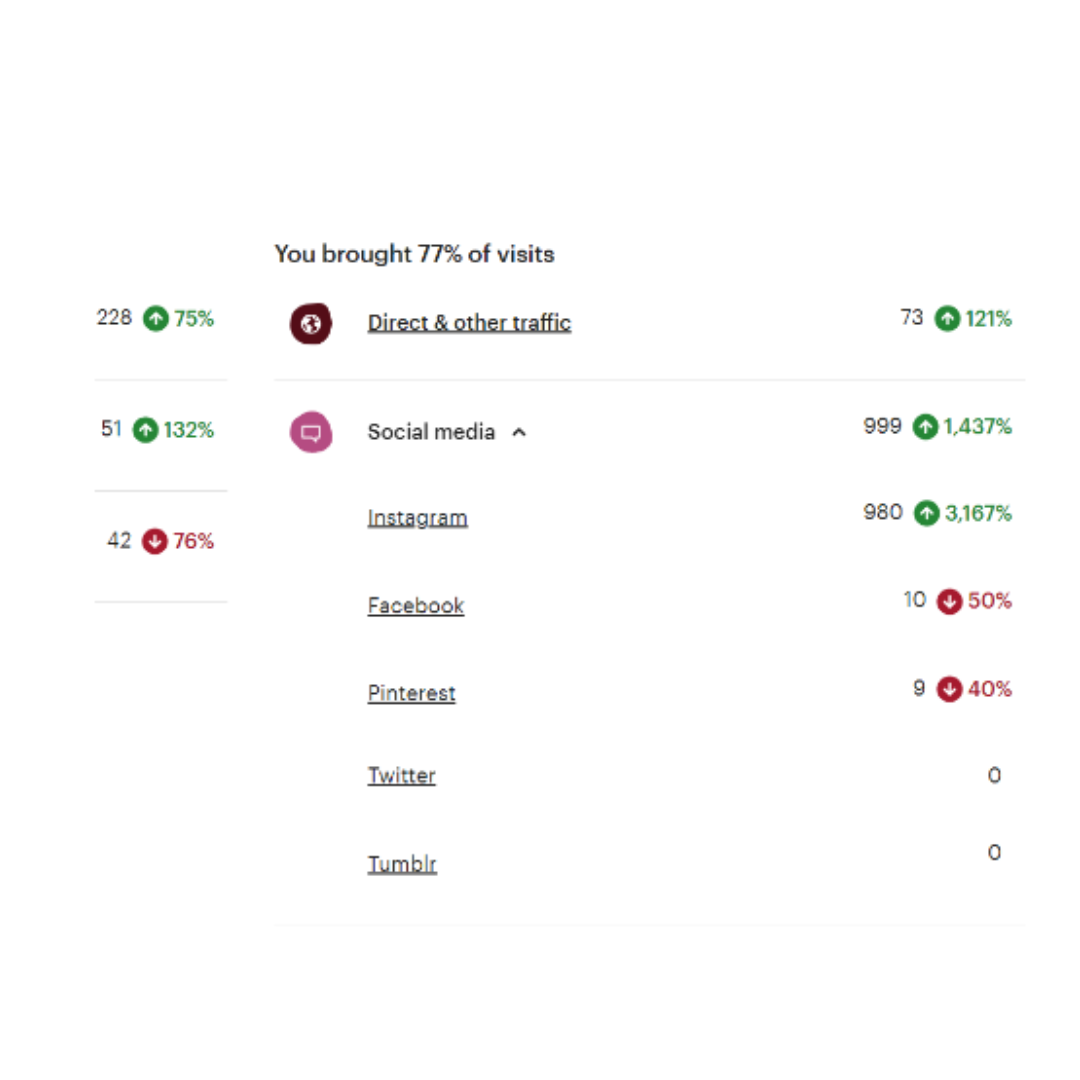
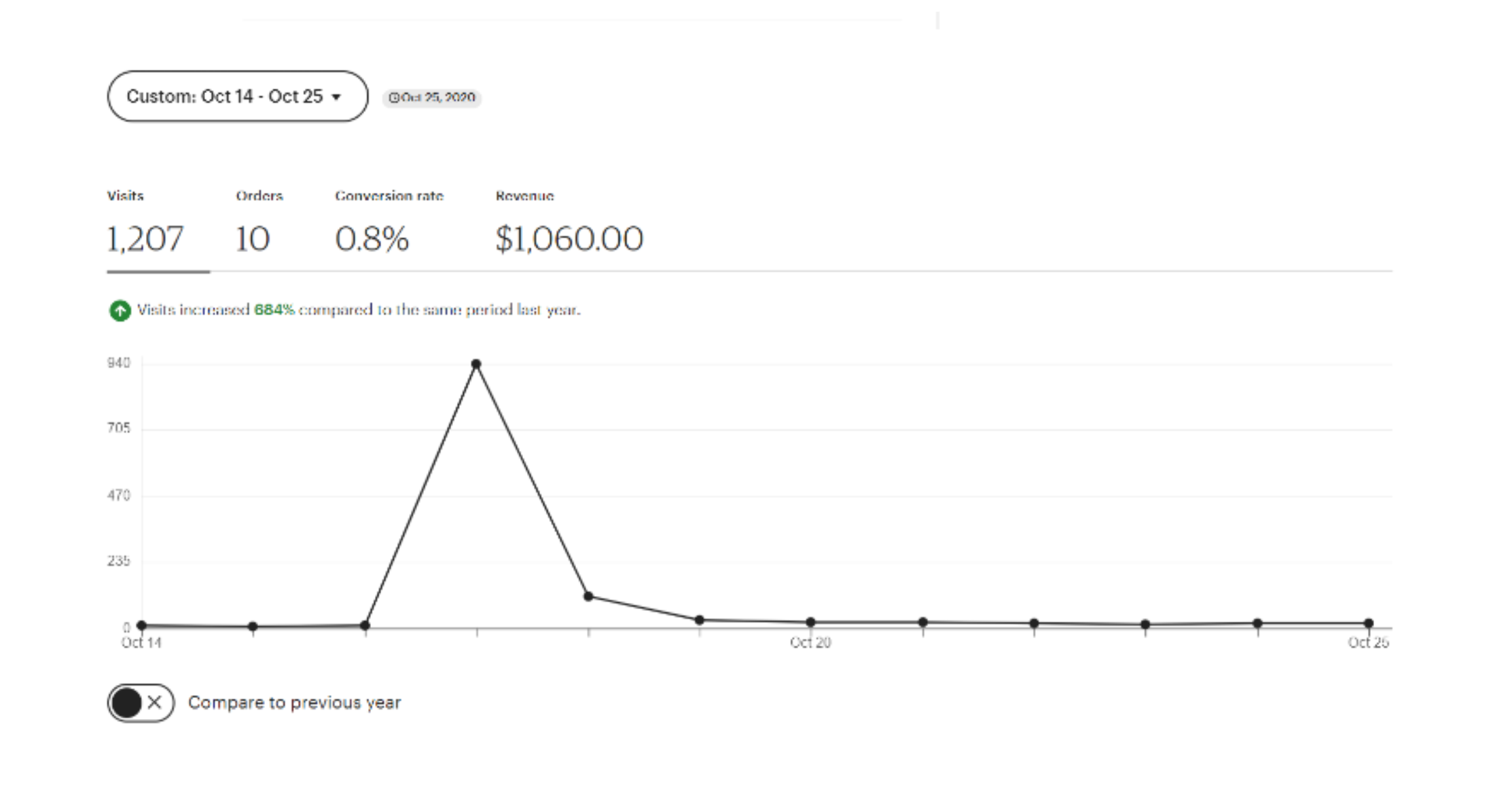
Influencer 2: the “schminfluencer” – epic fail
“In the second instance, an influencer contacted me and wanted a free product. I looked at her IG and could immediately tell it was not a good fit. She had 335K followers, but her engagement wasn’t great. All of the comments were from other influencers and were really generic – the same kind you’d see from an engagement pod. And her page was mostly food, not fashion. I didn’t think it was a good fit, so I told her I couldn’t. She messaged me really aggressively and I finally agreed to send her one. I sent her the product, along with a matching one for her dog. Then…nothing. She messaged me a few times saying she was going to post soon, but didn’t. Almost a year later, I sent her one last message and she finally posted. The post wasn’t specifically about my work, and only mentioned me in a tag. Unsurprisingly, most of the comments weren’t about my product or were generic, like on her other posts. I got no followers, and close to no Etsy views – and no sales. The one sale seen below came from Pinterest.”
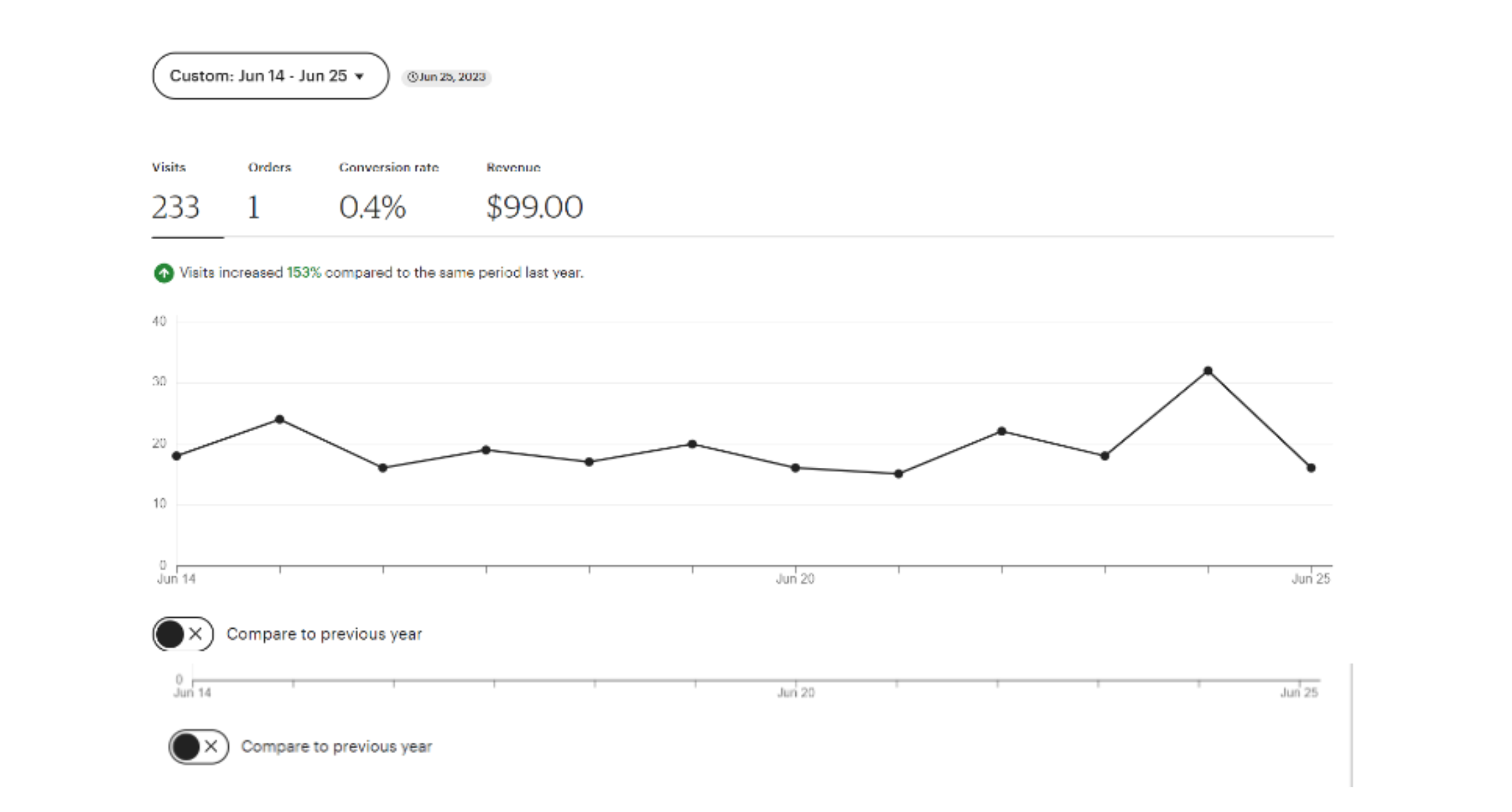
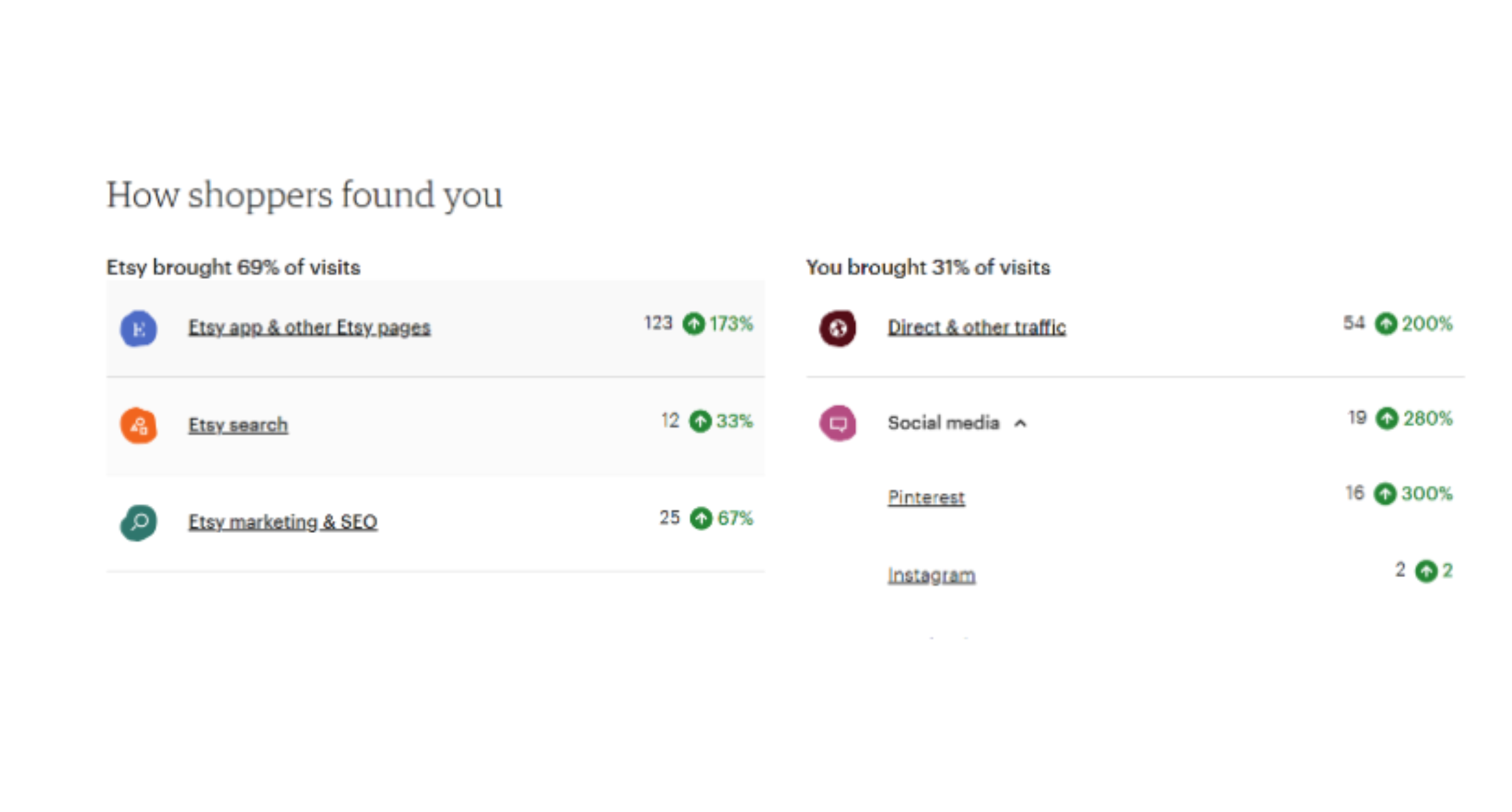
The takeaway? When you’re searching for an influencer to amplify your brand and market to their audience, follower numbers aren’t everything. Make sure you’re looking at engagement – and quality of engagement at that. There are lots of influencers out there who have great media packets but aren’t the right fit and won’t move the needle, and lots of “schminfluencers” who inflate their reach to get freebies. Vet your collaborations well, and design campaign goals backed by analytics to that you can gauge exactly how well a collaboration has performed.
Need help figuring out a top collaboration? Sign up for our Fan Firestarter Framework for insights on how to make it happen!

